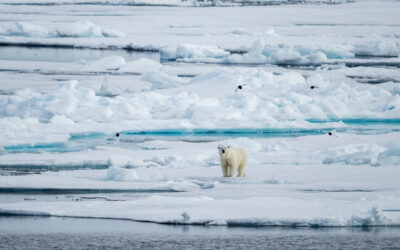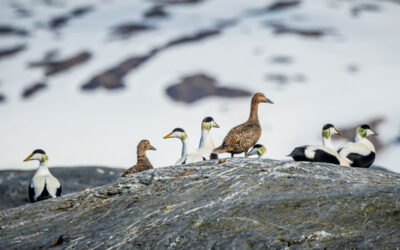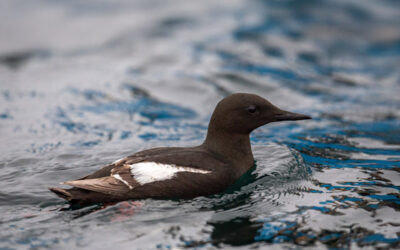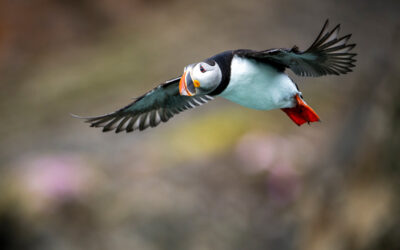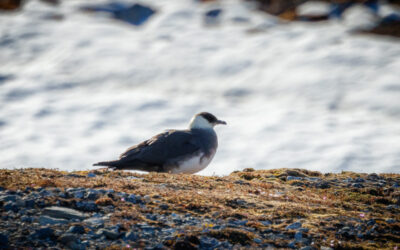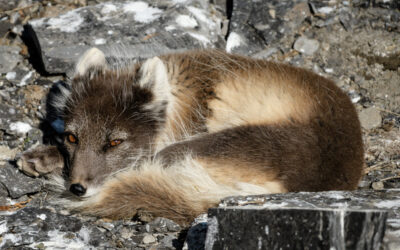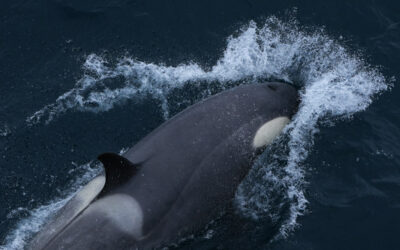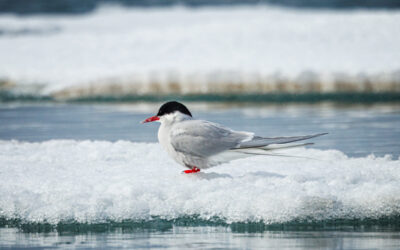Northern Canada
Big, Beautiful, With So Much to Discover
The second largest country in the world by land area, Canada consists of ten provinces and three territories, which stretch from the Atlantic to the Pacific and northward into the Arctic Ocean. Three of these are considered ‘Northern’ – the Yukon, the Northwest Territories, and Nunavut, along with Inuit-inhabited areas of Quebec and Labrador. Canada has been inhabited by Indigenous peoples for over ten thousand years. Paleo-Inuit cultures first arrived in the Canadian Arctic around 4,000 years ago. Waves of people such as the Independence and Dorset cultures left their archaeological mark on the region before disappearing.
The Thule people, ancestors of the modern Inuit, migrated from Alaska to Arctic Canada around 1,000 years ago, bringing with them more advanced tools and hunting technologies, thriving in one of Earth’s most challenging environments. Venturing southward, they came into contact with a wide variety of First Nations peoples. The first European to reach Arctic Canada was Norse Greenlander Leif Eriksson around the year 1000. By the 16th Century, explorers such as Martin Frobisher and John Davis sought the elusive Northwest Passage—a route connecting the Atlantic and Pacific Oceans. The fur and whaling trade soon became a major economic driver in the region, and has since been supplanted by mining.
Today, Arctic Canada is a place where ancient traditions and modern modern life come together in an intricate and often surprising blend of Indigenous and Canadian culture.
Area of Northern Canada
- 4,051,000 km2
Population of Northern Canada
- 142,000
Why Travel to Northern Canada
The Inuit of Arctic Canada are custodians of one of Earth’s most fascinating cultures, deeply connected to their Arctic homeland. It also contains some of the Arctic’s most breathtaking scenery and is one of the best places in the world to see polar bears in their natural habitat. You may even catch a pod of narwhals surfacing through the icy waters, or spot guillemot chicks leaping from their clifftop nests.
Canada's newest province
Comprising the majority of the Canadian Arctic, Nunavut (meaning ‘Our Land’ in Inuktitut) is Canada’s newest province, having separated from the Northwest Territories in 1999. It is also the largest and northernmost Canadian territory, containing the largest coastline. With around 40,000 residents, it also has the lowest population, with around 50km2 of land per person; the territorial capital, Iqaluit, is Canada’s smallest and fastest growing capital. Were it independent, Nunavut would be Earth’s 15th largest country.
A land of extremes
Northern Canada is so vast that it simultaneously contains Canada’s geographical centre, as well as its northernmost point. Earth’s northernmost permanently inhabited place, Alert weather station sits on the northern tip of Ellesmere Island. The station has a bone-chilling annual average temperature of −17.7 °C (0.1 °F).
The Whisky War
Few people are aware that Canada actually has two land borders – as well as the well-known boundaries with the United States, Canada also now shares a small land border with Greenland (and therefore Denmark). Sovereignty of tiny Hans Island in the Nares Strait has been disputed between Canada and Denmark/Greenland for decades, in a conflict affectionately called the Whisky War – visiting Canadian ships would leave a Canadian flag and a bottle of Canadian Club, whereas the Danish Navy would raise the Danebrog and leave a bottle of schnapps. The conflict was brought to an end in 2022 when it was agreed to share the island, creating an unlikely land border in the high Arctic.
Inuit Nunangat
While residents of many backgrounds call Northern Canada home, one of the largest are the Inuit, who also live in Greenland, Alaska and eastern Siberia. Canada’s Inuit homeland (Inuit Nunangat) covers the whole northern coasts of the Yukon, Northwest Territories and Nunavut, as well as Nunavik (northern Quebec) and Nunatsiavut (northern Labrador), stretching 2,000 miles North-South, and 2,500 miles East-West. Despite this vast territory, only around 58,000 people live in Inuit Nunangat.
Connecting the Oceans
Canada’s northern coasts are the site of the fabled Northwest Passage – the variety of ocean routes through the maze of ice and islands connecting the north Atlantic and north Pacific oceans. Such a route was theorised to exist for centuries, but eluded generations of explorers. Most of these expeditions, such as the ill-fated Erebus and Terror expedition led by Sir John Franklin, failed spectacularly, with significant loss of life. It wasn’t until legendary explorer Roald Amundsen in his ship the Gjøa completed the transit in 1906 that the passage was verified. Today, the Northwest Passage is becoming increasingly important again as a shortcut between the two oceans as the ice recedes due to climate change.
Map of Northern Canada
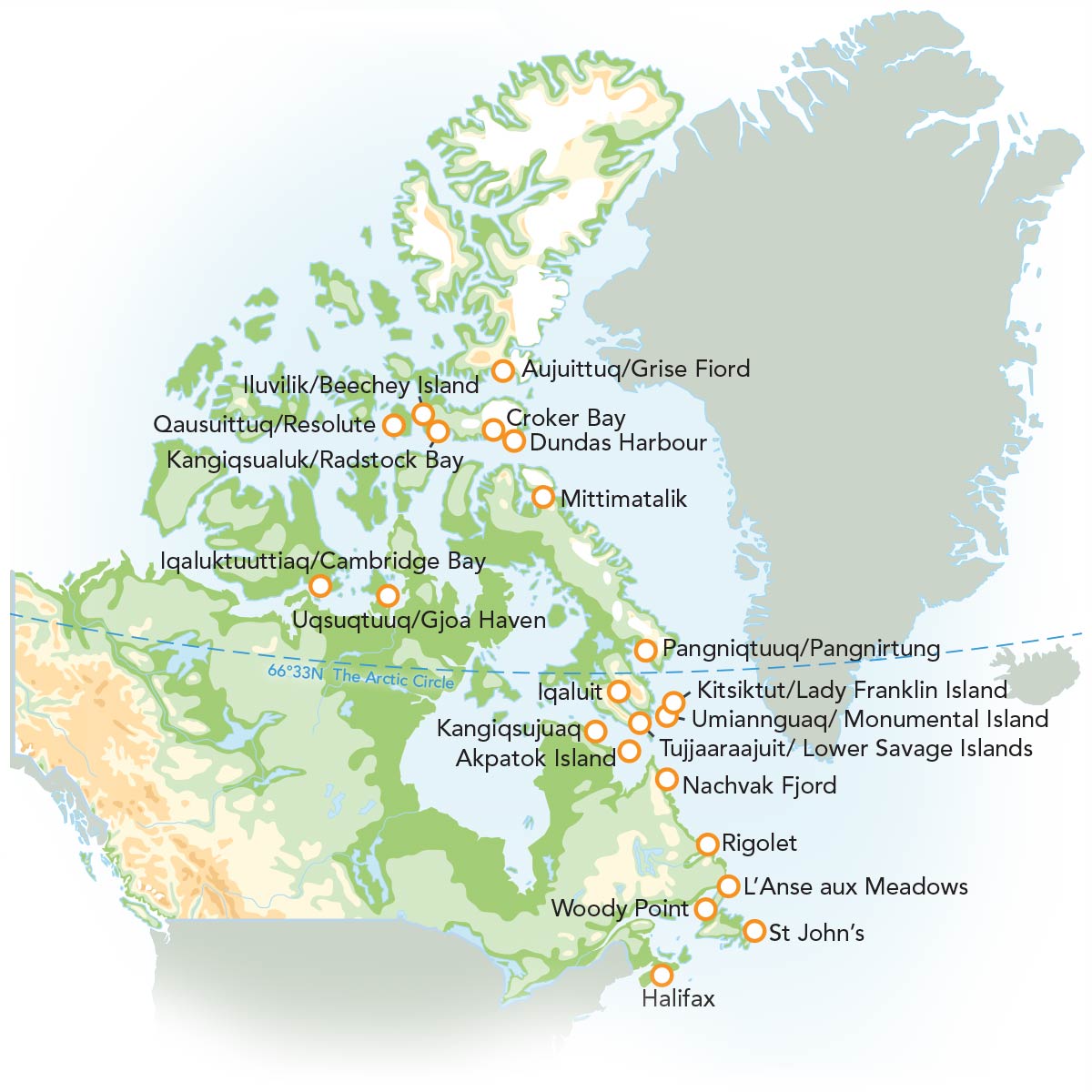
A Vast, Record-Setting Geography
Canada stretches from the Atlantic to the Pacific Ocean and all the way up into the high Arctic. It has the world’s longest coastline, at almost 250,000 kilometers, and also has the longest land border in the world, an almost 9,000 km long frontier with the United States. Canada spans 41.5° of latitude – more than any other country. Canada’s northern regions are characterized by a mixture of land, sea, and ice, while the Canadian Arctic Archipelago contains three of Earth’s ten largest islands. Baffin Island alone covers 507,000 square kilometers – more than twice the size of Great Britain!
In the north, vast tracts of land are permanently icebound, yet the majority of the world’s liquid fresh water can be found in the 2,000,000 lakes scattered across Canada’s vast landscape.
Resilient Wildlife
This remote region, with its expansive tundra, icy waters, and towering glaciers, is home to some of the most resilient species on Earth. Whether you’re hoping to catch a glimpse of the elusive Arctic fox or watch a pod of narwhals surface through the icy waters, Arctic Canada offers a window into a world where nature reigns in its purest form.
Arctic Canada is one of the best places in the world to see polar bears in their natural habitat. Polar bears are most commonly found on the shores of Hudson Bay, Baffin Island, and along the Arctic coastline. The population is estimated to be around 15,000 bears, about two-thirds of the world population.
Arctic Canada is also home to a variety of seabirds, including the thick-billed murre and the northern fulmar, which nest in large colonies on cliffs during the summer months. In the warmer months, migratory birds like the snowy owl and Arctic tern return to breed. The Arctic tern makes one of the longest migrations of any bird, flying from the Arctic to the Antarctic and back each year.
Polar Bear Quick Overview Scientific Name Ursus maritimus Population Estimated at 22,000-31,000 globally (IUCN) Regions Arctic, Europe, North...
Common Eider Quick Overview Scientific Name Somateria mollissima Population Estimated at close to 2 million globally Regions Arctic and North...
Black Guillemot Quick Overview Scientific Name Cepphus grylle Population Estimated at close to 400,000–700,000 individuals globally Regions North...
The Atlantic puffin or the “clown of the sea,” is a recognisable seabird in the North Atlantic. Famous for its beak and diving, it is essential in...
The Arctic Skua, also known as the 'parasitic jaeger', has adapted to some of the planet’s most challenging environments with its streamlined shape,...
Have you ever heard of a fox that can change colors? And it is roughly the size of a house cat? We're talking about the Arctic fox, one of nature's...
Orca or ‘killer whales’ might be one of the most well-known and distinctive creatures that we encounter on our voyages to Antarctica. Identifiable...
They are elegant, beautiful and remarkable birds that fly extraordinary distances. Whether you embark on one of our journeys to the Southern or...
Canada Is Known for Its Harsh Winters
The climate of the Canadian Arctic is characterized by long, brutally cold winters and short, cool summers. Iqaluit, Nunavut’s capital, has an average July temperature of 54°F (12°C) and a February average temperature of -25°F (-32°C).
| AVERAGE HIGH | AVERAGE LOW | PRECIPITATION | |
|---|---|---|---|
| January | -26°F (-32°C) | -36°F (-38°C) | 0.59 in (15 mm) |
| February | -22°F (-30°C) | -33°F (-36°C) | 0.47 in (12 mm) |
| March | -13°F (-25°C) | -22°F (-30°C) | 0.39 in (10 mm) |
| April | 5°F (-15°C) | -4°F (-20°C) | 0.31 in (8 mm) |
| May | 21°F (-6°C) | 14°F (-10°C) | 0.39 in (10 mm) |
| June | 36°F (2°C) | 28°F (-2°C) | 0.59 in (15 mm) |
| July | 46°F (8°C) | 39°F (4°C) | 0.79 in (20 mm) |
| August | 45°F (7°C) | 37°F (3°C) | 0.71 in (18 mm) |
| September | 36°F (2°C) | 28°F (-2°C) | 0.59 in (15 mm) |
| October | 14°F (-10°C) | 5°F (-15°C) | 0.47 in (12 mm) |
| November | -4°F (-20°C) | -13°F (-25°C) | 0.39 in (10 mm) |
| December | -18°F (-28°C) | -31°F (-35°C) | 0.39 in (10 mm) |

